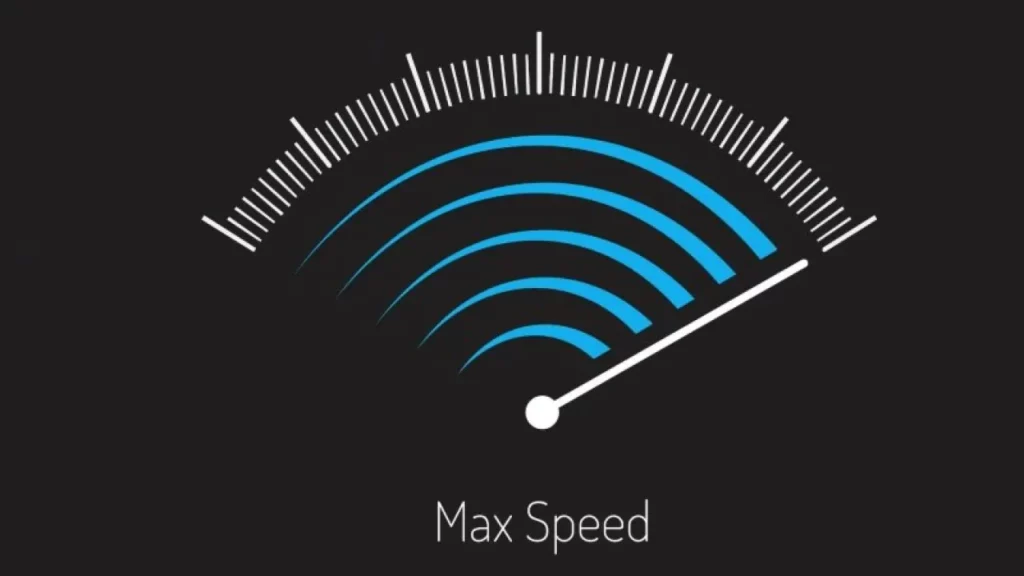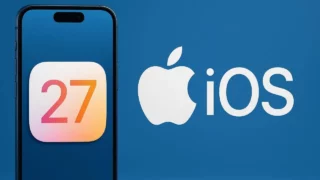Scientists have broken a barrier in internet technology, pushing data at speeds that seem unreal outside of science fiction. In their latest trial, researchers achieved 1.02 petabits per second enough raw throughput to download Netflix’s complete library in a blink. For comparison, that’s millions of times faster than most home internet connections.
Scientists push the limits of fiber networks

The Japanese team reached this mark using advanced 19‑core optical fibers alongside multiband wavelength‑division multiplexing. Signals traveled over nearly 1,800 km while looping multiple times, yet stability held. This shows that such blistering speed doesn’t collapse over distance, which is often the Achilles’ heel of experimental setups.
Scientists reveal what petabit speeds deliver
Numbers this large can feel abstract, so let’s anchor them. At 1.02 petabits per second, data flows at around 125 terabytes every second. That’s enough to transfer Netflix’s entire video library instantly. Today, most households struggle to download a single 4K film without buffering. This test shows what happens when bottlenecks simply disappear.
Practical stakes for future internet
The record isn’t just for bragging rights. Since the new fiber matches the size of existing cables, widespread rollout wouldn’t require digging up cities. The benefits stretch well beyond streaming:
- AI model training across continents could shrink from weeks to hours
- Real‑time VR data streams would finally be viable
- International scientific teams could exchange datasets without delay
Risks and limits before global use
Such staggering throughput carries its own obstacles. Cooling and power systems must be rethought, as pushing petabits burns serious energy. Security also needs fresh scrutiny; handling this much traffic creates entirely new attack surfaces. The science is solid, but the ecosystem around it is far from ready.
Scientists show a glimpse of the next era
This achievement feels like more than a lab stunt. Scientists have made clear that data doesn’t have to crawl it can fly. Whether this becomes part of everyday networks depends on industry adoption, policy, and cost. For now, the future of streaming, gaming, and research has already been downloaded. It just needs to spread.














